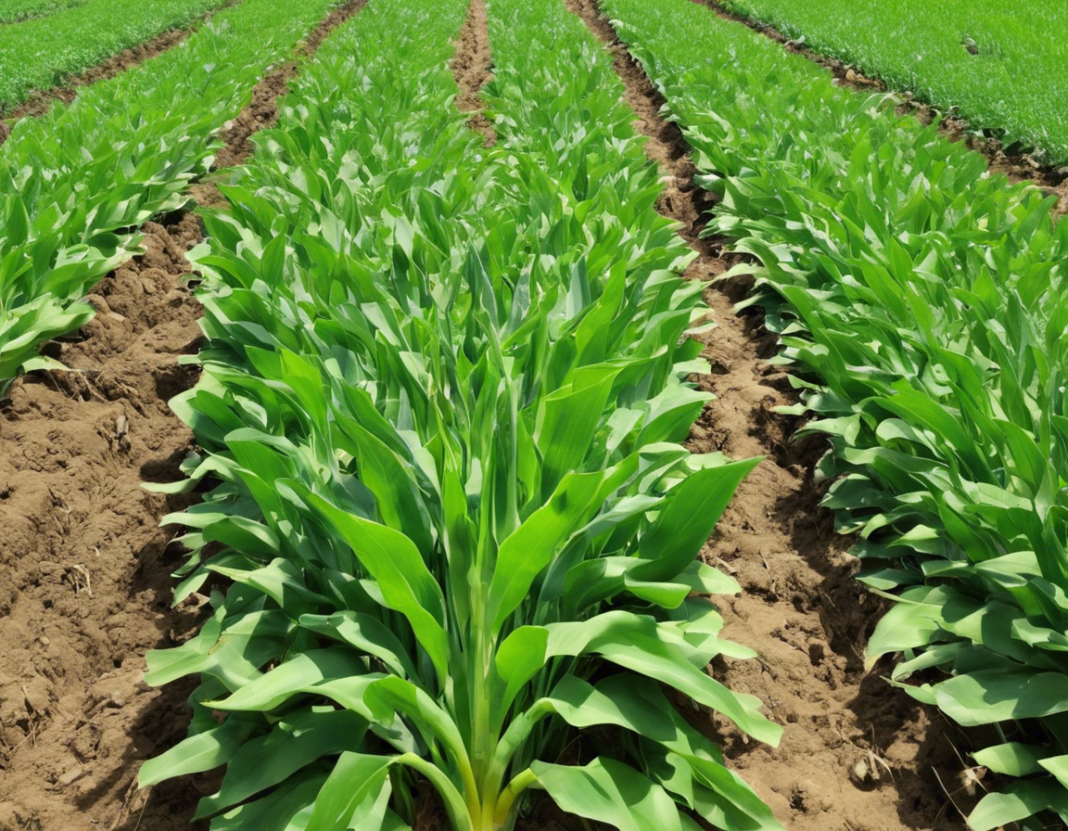Introduction
Rabi crops play a crucial role in Indian agriculture as they are sown in winter and harvested in the spring. These crops are essential for ensuring food security and livelihood for millions of farmers across the country. In this comprehensive guide, we will delve into the world of Rabi crops, exploring their importance, cultivation practices, popular varieties, and key challenges faced by farmers.
What are Rabi Crops?
Rabi crops are crops that are sown in the winter season, typically between October and December, and harvested in the spring, between March and June. These crops require cool weather for their growth, making them well-suited for cultivation in the winter season. Some of the major Rabi crops grown in India include wheat, barley, mustard, peas, gram, and lentils.
Importance of Rabi Crops
Rabi crops play a vital role in ensuring food security and stabilizing the income of farmers. These crops help in diversifying agricultural production, reducing dependence on monsoon rains, and improving the overall cropping intensity. Rabi crops also contribute significantly to the country’s agricultural GDP and provide employment opportunities to millions of people in rural areas.
Cultivation Practices for Rabi Crops
- Selection of Seeds: Choose high-quality seeds of the desired crop variety for sowing.
- Land Preparation: Prepare the soil by plowing, leveling, and adding organic manure.
- Sowing Time: Sow Rabi crops at the right time to ensure proper growth and development.
- Spacing and Depth: Maintain proper spacing between plants and sow seeds at the recommended depth.
- Irrigation: Provide adequate irrigation based on the water requirements of the crops.
- Nutrient Management: Apply fertilizers as per soil test results to ensure optimal nutrient levels.
- Weed Control: Keep the field weed-free through timely weeding and mulching.
- Pest and Disease Management: Monitor crops regularly for pest and disease attacks and take appropriate measures.
Popular Varieties of Rabi Crops
- Wheat: Varieties like HD-2967, HD-3086, and PBW-502 are popular among wheat growers.
- Barley: Varieties such as BH-393, BH-902, and BH-75 are commonly cultivated in Rabi season.
- Mustard: Varieties like Pusa Bold, RGN-1237, and Varuna are preferred by mustard farmers.
- Peas: Varieties including Arkel, Bonneville, and Sugarsnap are popular choices for pea cultivation.
- Gram: Varieties like JG-14, BG-256, and Co-2 are widely grown in Rabi season.
- Lentils: Varieties such as PL-9, PL-8, and PL-5 are common choices for lentil cultivation.
Challenges Faced by Farmers
- Erratic Weather: Unpredictable weather patterns can affect the growth and yield of Rabi crops.
- Water Scarcity: Limited access to irrigation facilities can lead to water stress in Rabi crops.
- Pest and Disease Outbreaks: Insect pests and diseases can cause significant damage to Rabi crops if not managed effectively.
- Market Price Fluctuations: Farmers often face price volatility, affecting their income from Rabi crop sales.
- Access to Credit: Limited access to credit and financial resources can hinder farmers’ ability to invest in Rabi crop cultivation.
Tips for Successful Rabi Crop Cultivation
- Plan Ahead: Prepare a crop plan in advance, considering factors like market demand and input availability.
- Monitor Closely: Regularly monitor the crop growth and address any issues promptly to ensure a good yield.
- Diversify Crops: Cultivate a mix of Rabi crops to spread risks and ensure a steady income stream.
- Adopt Sustainable Practices: Incorporate sustainable agricultural practices to conserve resources and protect the environment.
- Stay Informed: Stay updated on the latest trends, technologies, and government schemes related to Rabi crop cultivation.
Frequently Asked Questions (FAQs)
- When is the best time to sow Rabi crops?
-
The ideal time for sowing Rabi crops is between October and December, depending on the crop variety and local climate conditions.
-
How can farmers improve soil fertility for Rabi crop cultivation?
-
Farmers can improve soil fertility by adding organic manure, using crop residues, and practicing crop rotation.
-
What are some common pest and diseases that affect Rabi crops?
-
Aphids, caterpillars, powdery mildew, and rust are some common pests and diseases that can affect Rabi crops.
-
What is the recommended irrigation schedule for Rabi crops?
-
Rabi crops generally require less frequent irrigation compared to Kharif crops. Farmers should water the crops based on soil moisture levels and crop requirements.
-
How can farmers protect Rabi crops from frost damage?
-
Farmers can protect Rabi crops from frost damage by covering them with frost cloth or straw during cold spells and providing proper irrigation.
-
Are there any government schemes to support Rabi crop cultivation?
-
Yes, the government of India offers various schemes such as Pradhan Mantri Fasal Bima Yojana (PMFBY) and National Food Security Mission (NFSM) to support Rabi crop cultivation and ensure farmers’ welfare.
-
Which Rabi crops are suitable for intercropping with wheat?
-
Mustard, chickpeas, lentils, and peas are suitable Rabi crops for intercropping with wheat, providing additional benefits such as soil conservation and higher yields.
-
What is the average gestation period for Rabi crops?
-
The gestation period for Rabi crops varies depending on the crop variety but typically ranges from 90 days to 150 days from sowing to harvesting.
-
How can farmers mitigate market price fluctuations for Rabi crops?
-
Farmers can mitigate market price fluctuations by exploring options like contract farming, forming farmer producer organizations (FPOs), and leveraging futures and options trading.
-
What are some post-harvest practices recommended for Rabi crops?
- Post-harvest practices for Rabi crops include threshing, drying, proper storage in well-ventilated warehouses, and marketing strategies to get better prices for the produce.
Conclusion
Rabi crops are a cornerstone of Indian agriculture, providing sustenance and livelihood to millions of farmers. By understanding the cultivation practices, challenges, and best practices for Rabi crop cultivation, farmers can enhance their yields, income, and overall agricultural sustainability. Continued research, adoption of modern technologies, and government support are essential to further boost the Rabi crop sector and ensure food security for the nation.

